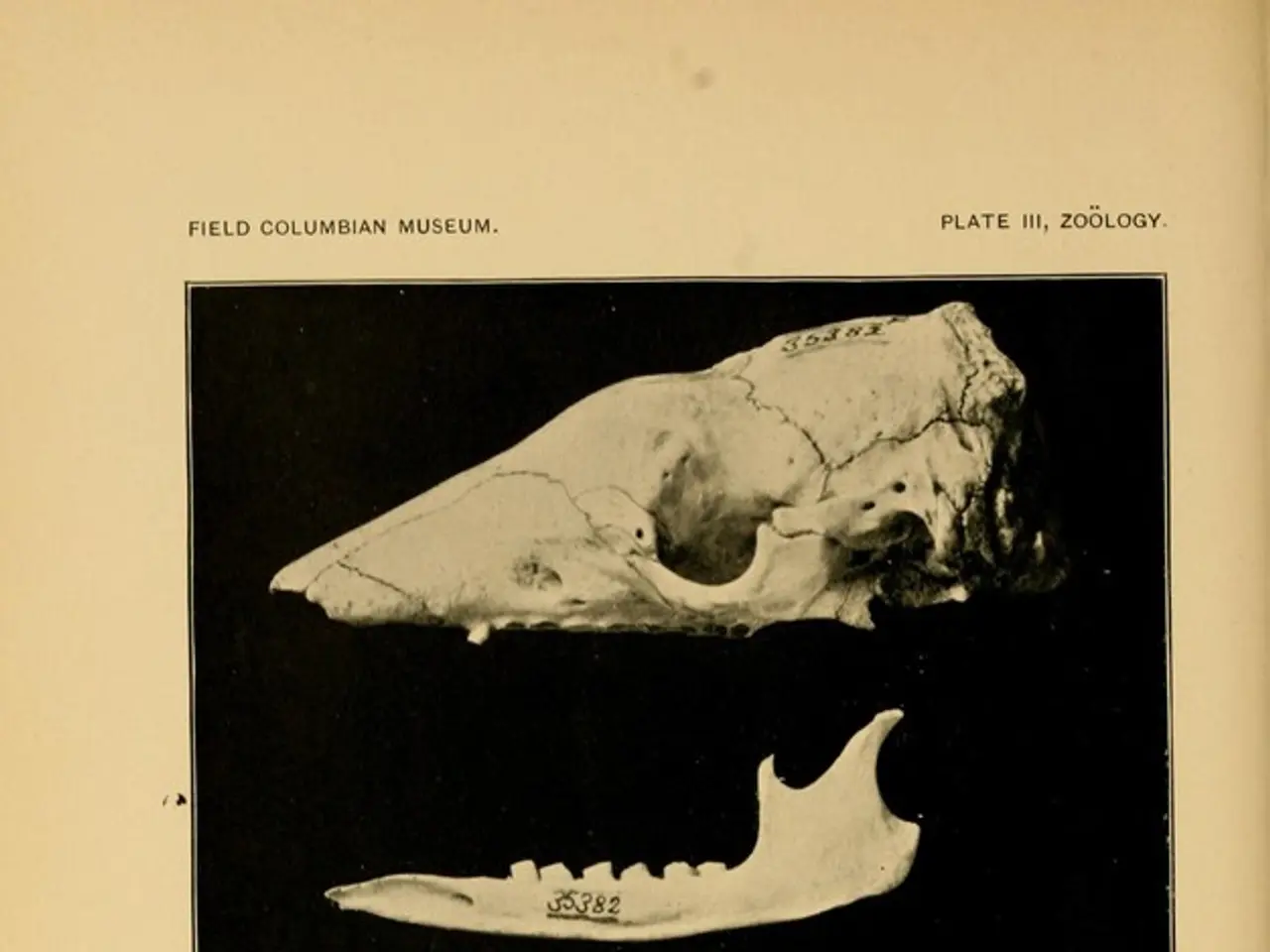Median Antebrachial Vein: Key to Intravenous Therapies, May Limit Mobility
The median antebrachial vein, a prominent vein in the upper limb, is frequently chosen for intravenous fluid drip (IV) insertion due to its size and accessibility. This vein, running along the forearm, is often used for long-term therapies and high-volume treatments, but it may also restrict patient mobility.
The median antebrachial vein is one of the larger veins in the upper limb, making it well-suited for IV needle insertion. Veins are preferred for this purpose due to their thin walls, lower blood pressure, and ability to expand. This vein drains into the basilica vein or median cubital vein and has smaller superficial branches in the palm and anterior forearm, known as tributaries.
Total parenteral nutrition (TPN), a form of intravenous nutrition, is used when a patient cannot digest food normally. This could be due to severe gastrointestinal disorders, inability to swallow, or certain surgical conditions. TPN provides essential nutrients directly into the bloodstream, bypassing the digestive system when it's not functioning properly.
The median antebrachial vein's size and location make it a common site for IV insertion, particularly for long-term therapies and high-volume treatments. However, its use may limit patient mobility. Total parenteral nutrition (TPN) is a crucial alternative when the digestive system cannot function properly, providing necessary nutrients intravenously.





